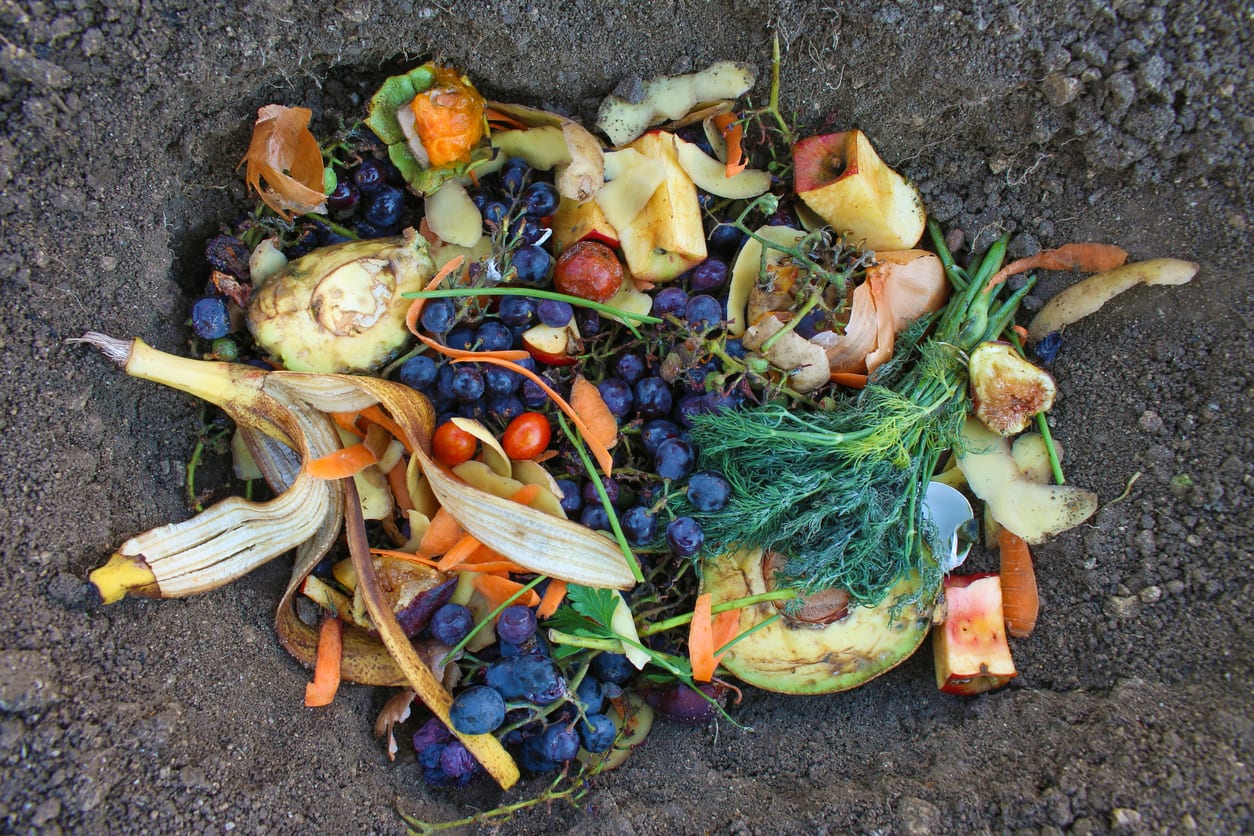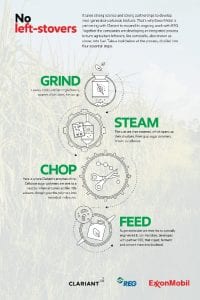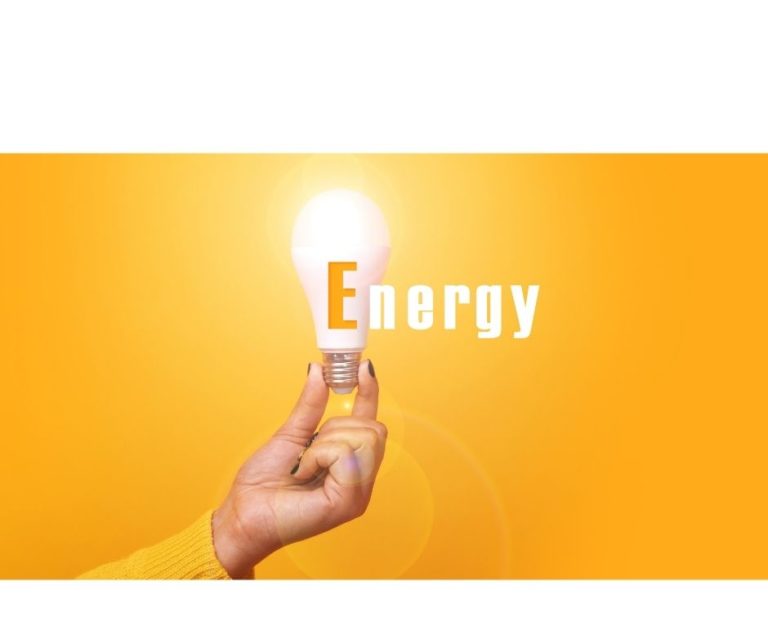
The science behind converting farming or plant leftovers into next-generation, lower-emission biodiesel could one day transform how heavy-duty drivers fill their tanks.
Clariant, an expert in extracting sugars from agriculture residue – inedible plant fiber, like wheat straw and cornstalks that farmers have only limited use for – is partnering with ExxonMobil and Renewable Energy Group (REG) to advance the next phase in this biofuel research.
Switzerland-based Clariant stands out for its highly specialized process, called sunliquid. The company harnesses and optimizes naturally occurring enzymes to break down cellulose, which allows for a customizable process that researchers can adapt to a particular region and crop. In the United States, for example, corn stover or stalks might power trucks in the future, while in Brazil, abundant sugarcane pulp might be the crop of choice.
“We have to look at how we can ensure quality of life for an ever-growing population,” says Markus Rarbach, Head of Biofuels & Derivatives at Clariant. “I think it’s great that we can transform these underutilized resources into liquid energy.”
The Clariant sunliquid process of converting plant mass to sugars solves the first half of challenging biodiesel science, and it offers a technology able to work at commercial scale. For the second half, ExxonMobil and REG have already developed a catalyst that is able to digest those sugars and transform them into biodiesel. And soon, the partnering companies will bring both parts of the science together at Clariant’s pilot plant, in Straubing, Germany, where Clariant will test different types of cellulose feedstocks for fuel production.
“This technology has huge potential not only because it’s helping generate biodiesel, which helps lower emissions, but because it could also be expanded a lot further as we work to tap a resource that is available in large quantities around the world,” says Fernando Sanchez-Riera, Vice President of Research & Development at REG Life Sciences.
Take a look below to see what it takes to turn plants into power as this trio of partnering companies gets a step closer.
Source: ExxonMobil








